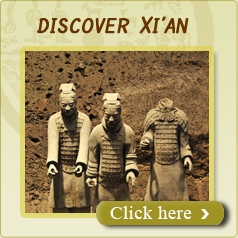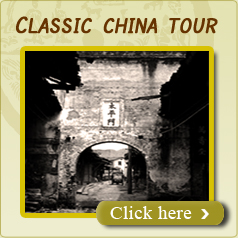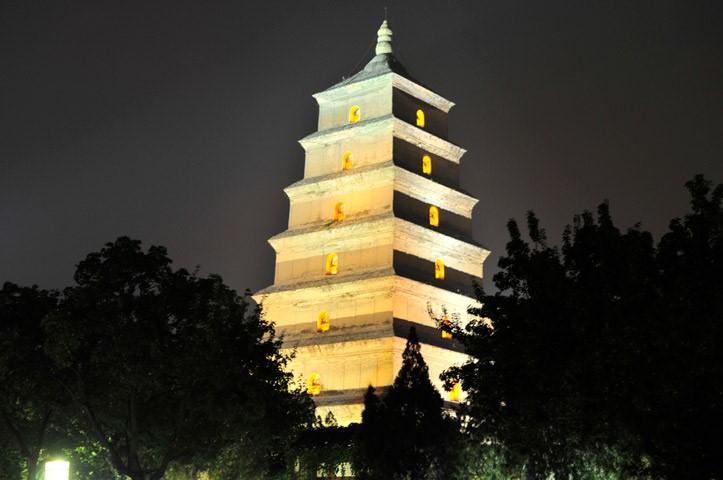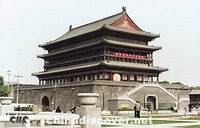Tomb of Princess Yongtai
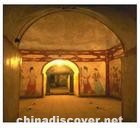
The Tomb of Princess Yongtai is one of the 17 satellite tombs of the Qianling Tomb.
The name of Princess Yongtai was Li Xianhui. She was the seventh daughter of Tang Emperor Zhongzong (Li Xian), and the grand daughter of Tang Emperor Gaozong and his wife Empress Wu Zetian. Her husband was Wu Yanji, son of Wu Chengsi, who was Wu Zetian's nephew. In 701, Princess Yongtai died in Luoyang, Henan Province, at the age of 17. According to the epitaph, She died during childbirth. The historical records, though, say that she was beaten to death.
After rising to the throne, Zhongzong posthumously conferred the title of Princess Yongtai upon his daughter, who died a tragic death. And in 705 A.D., he ordered the remains of his daughter and her husband be buried together in the southeast of the Qianling Tomb.
In front of Princess Yongtai the road is lined with a pair of stone lions, two pairs of stone figures, and a pair of obelisks (ornamental stone columns). The excavation of the tomb of Princess Yongtai was carried out between 1960-1962. It is the largest of the Tang tombs excavated since the liberation. The tomb is pyramid-shaped, 87.5 meters long and 3.9 meters wide. The tomb chamber is also 16.7 meters deep. The tomb consists of a main passage, five doorways, six sky-lights, a paved path leading to the tomb, eight small niches, an antechamber and a burial chamber. The burial chamber represents the house that she lived in before her death. The walls on both sides of the tomb passage are covered with murals of a blue dragon, a white tiger and warriors in uniforms, with gilded swords in their belts. In the eight small niches on both sides of the sky-lights there are a multitude of tricolour glazed pottery figurines, poetry and porcelain wares, and some other burial articles.
The tomb of Princess Yongtai held more than 1,000 valuable cultural artifacts. These treasures are murals, pottery and wooden figurines, tricolour glazed pottery figurines, gold vessels, jade articles, and copper wares. The tricolour glazed pottery figurines, which are beautifully shaped and have peculiar decorative designs in many bright colours, demonstrate the high artistic level found in the Tang Dynasty ceramic industry. Inside the tomb the walls are covered with rich and varied murals. The tomb passage, the doorways, the paved path leading to the tomb, the two chambers and their ceilings, are all covered with murals. The antechamber represents the drawing-room. The murals there mainly depict elegantly dressed ladies in waiting. With different articles in their hands, they carry themselves with grace and wear different expressions from one another. Some seem to be speaking in whispers, some nodding approvingly and others looking around. They look as if they are on the way to serve Princess Yongtai. On the ceiling of the burial chamber there are painted firmaments and celestial bodies. In the east there is the rooster with three legs, symbolizing the sun. In the west there is the Jade Hare representing the moon. In between runs the Milky Way, dotted with stars, each of which has its set position in the celestial body. This mural greatly reflects the highly developed astronomy at that time.
In the rear chamber lay Princess Yongtai's and her husband's palace-like outer stone coffins. In the middle of each coffin was a door, with a lady in waiting on each side. The outer stone coffin was carved with exquisite pictures on both sides. The inner wooden coffin had completely rotted away due to its saturation in silt over a long period of time.

